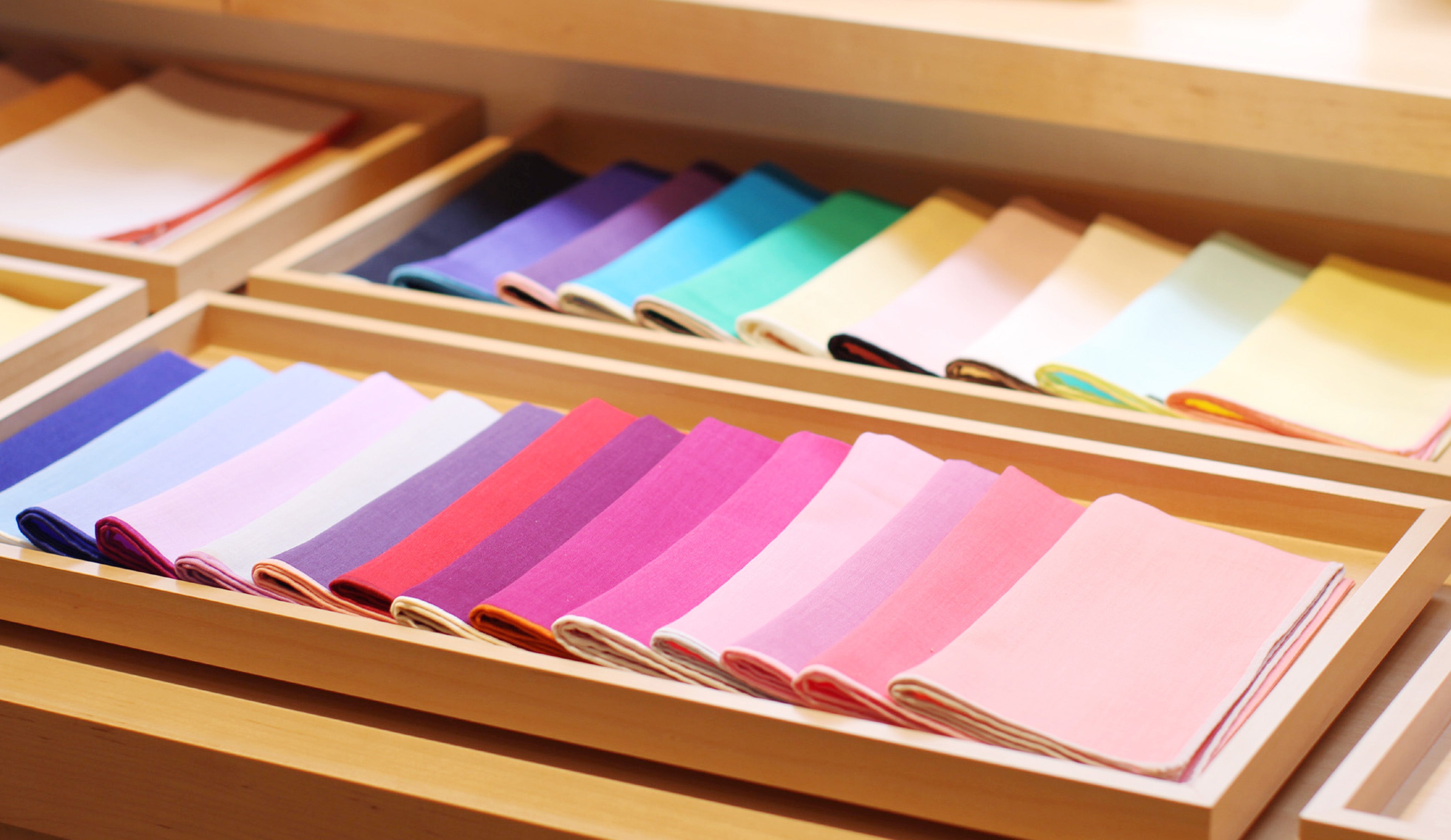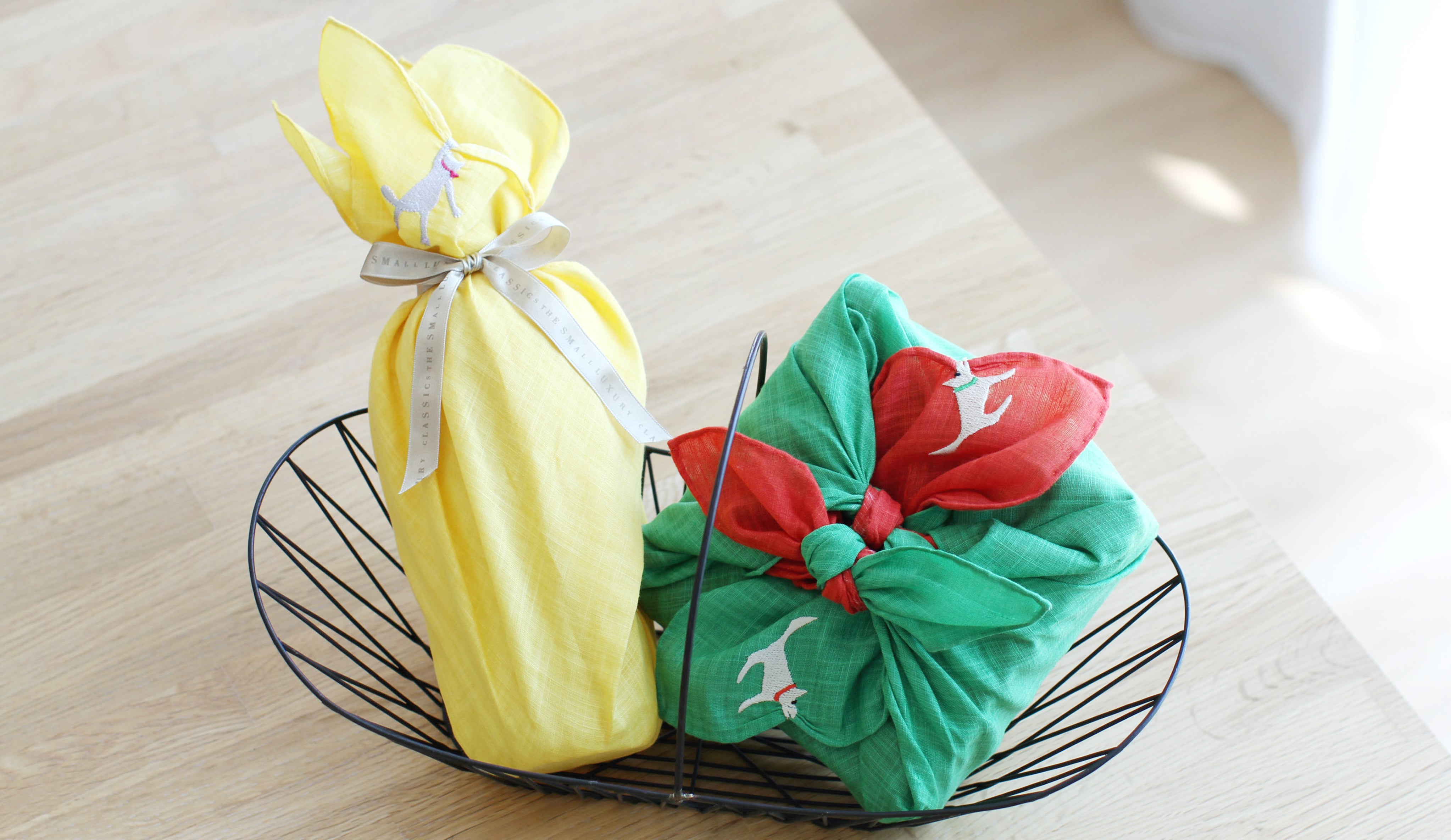
The History of the Handkerchief
The handkerchief was a symbol of nobility
It's not clear when we first started using handkerchiefs. However, the Memorial Museum in Brussels preserves an elaborate scrap of linen found in the tomb of the Egyptian Princess Dajour (circa 3000BC).
It is believed that it was a cloth (handkerchief) used for wiping hands and sweat. In Persia around 700 B.C., the handkerchief was used as a symbol of nobility and was made of the finest silk with embroidered decoration.
It seems that only royalty were allowed to have one.
Handkerchiefs are thought to have originated in many places around the world.

Handkerchiefs, a sign of love
In the 17th century, handkerchiefs came into their own as gifts and props of love. They were used by lovers to make secret promises to each other at balls, and were often presented with their initials or coat of arms as a token of love. In 1682, Shakespeare's "Othello", a tragic story about a handkerchief, was performed to great acclaim. The handkerchief also appears as a gift of love from a noblewoman in Dumas' novel "The Three Musketeers," which depicts the exploits of a French swordsman. It has long played a romantic and dramatic role. By this time, the handkerchief had also become established as etiquette.
Marie Antoinette and the handkerchief
The lace handkerchief was a very expensive luxury item at the time. The ladies of the French court competed for its beauty. The dresses, hairstyles and jewels designed by Rose Bertin became fashionable among the upper class women, and Marie-Antoinette became a fashion leader in Europe. It is said that she chose the square handkerchief from among the various shapes, such as the round one, and spread it inside and outside the country. The day after Marie Antoinette's birthday, November 3, has been designated as Handkerchief Day.
Handkerchiefs continue to be loved
The hankerchief became the perfect material for a handkerchief with a strong sense of fashion, and it became widely loved by many people. The hankerchief spread all over the world, and then developed in each culture and landed in Japan, where it became an indispensable fashion accessory after the Kanarukan era around 1880. It is also called "bride's handkerchief" and is used as a handkerchief for brides to hold at weddings. A handkerchief made of pure white fabric and decorated with elegant lace is a luxury item. The lace handkerchief that gently accompanies the start of life is still loved today.


